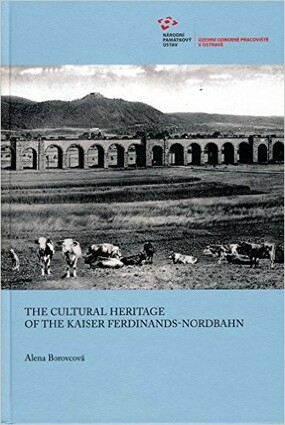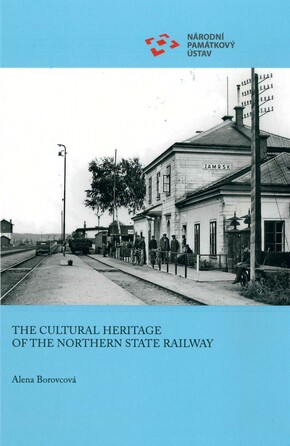The Cultural Heritage of the Kaiser Ferdinands-Nordbahn

Detailed information
Category:
Year:
Place:
Ostrava
Publisher:
Language:
English
Number of pages:
197
ISBN:
978-80-85034-72-1
210 Kč
Publication can be bought at a branch of the NPÚ:
Regional Office in Ostrava
The Emperor Ferdinand Northern Railway (German: Kaiser Ferdinands-Nordbahn, KFNB) was the Austrian Empire's first steam railway. It was supposed to connect Vienna with salt mines in near Kraków. The first section was built between Floridsdorf and Deutsch Wagram in 1837 followed by an extension to Vienna in 1838. The track continued through Breclav to Brno in 1839. In 1841 it reached Prerov and Olomouc and in 1842 Lipník nad Becvou. Extension to Ostrava and Bohumín was finished in 1847 but the Nordbahn never directly reached Kraków.
This book is focused on valuable railway objects and installations along the Emperor Ferdinand Northern Railway within the territory of today's Czech Republic.
The first chapter of the book outlines some general principles of heritage management with respect to the selection, conservation and restoration of heritage sites on the former KFNB and elsewhere.
The second chapter focuses on the history of the raíIway, giving key information on its origins and construction, including information on the broader historical context. Then follows a descriptive account of selected types of structures on the railway, outlining their chronological development and including comparisons with surviving structures in Poland and Austria as well as on other railway lines built or operated by the KFNB company within the territory of today's Czech Republic. This typological overview includes reproductions of original plans, giving details on the location of these sources.
The selective catalogue of the individual stations does not aim to provide a complete and exhaustive account of their history and architectural development; instead it focuses on the heritage value of each surviving structure with respect to the station and the railway as a whole. The texts are accompanied by historic and contemporary photographs and an illustrative map.
